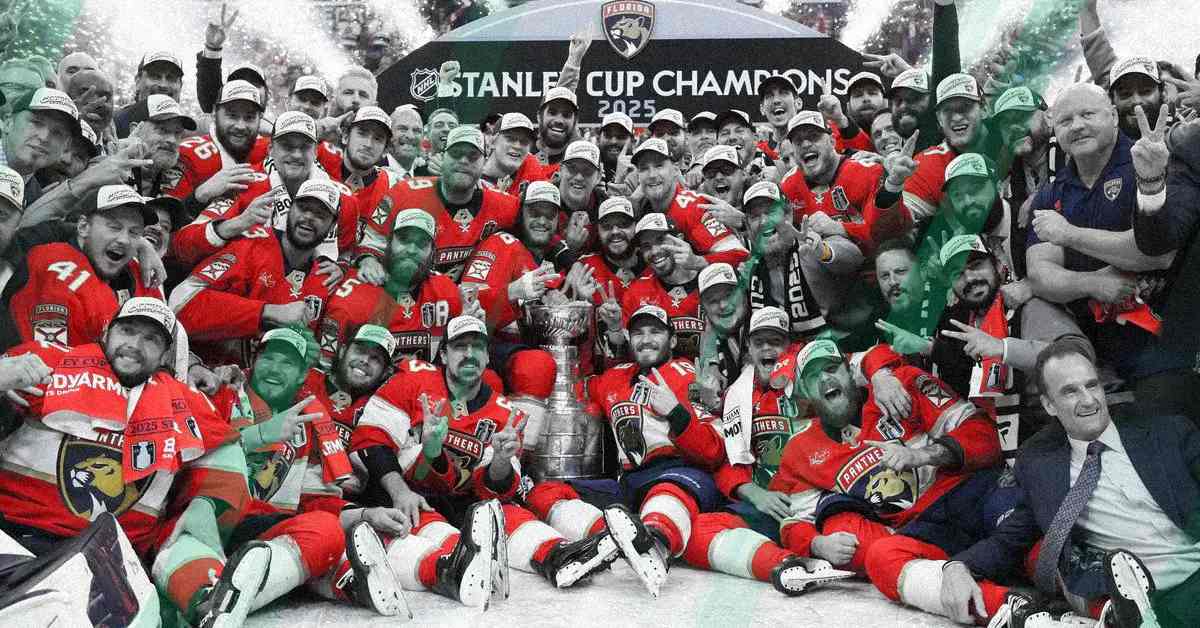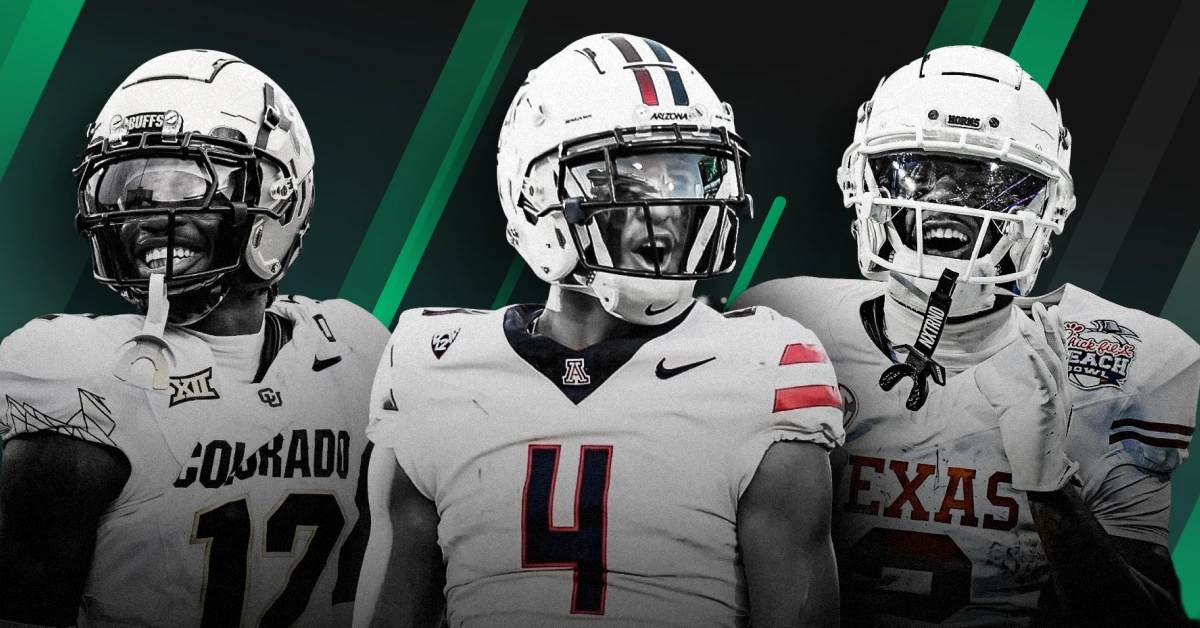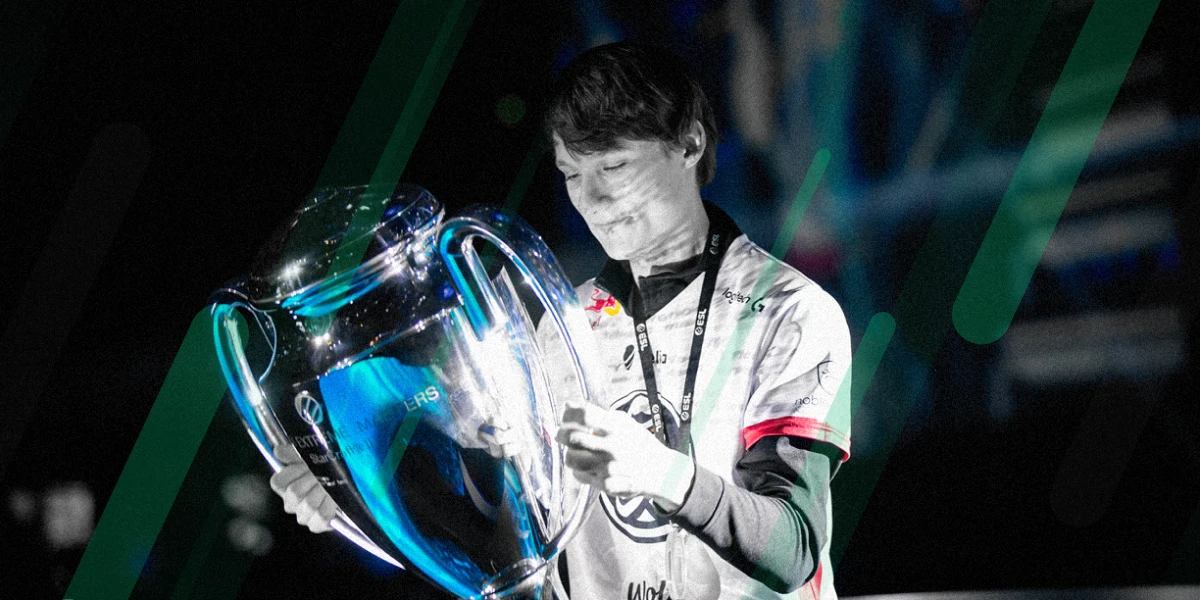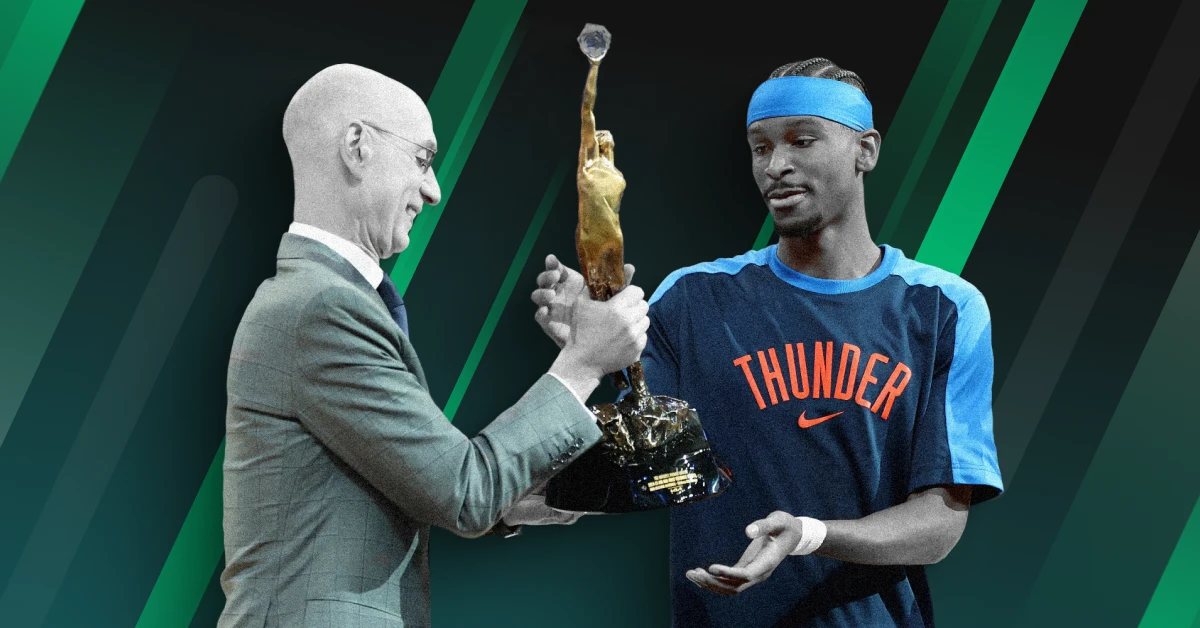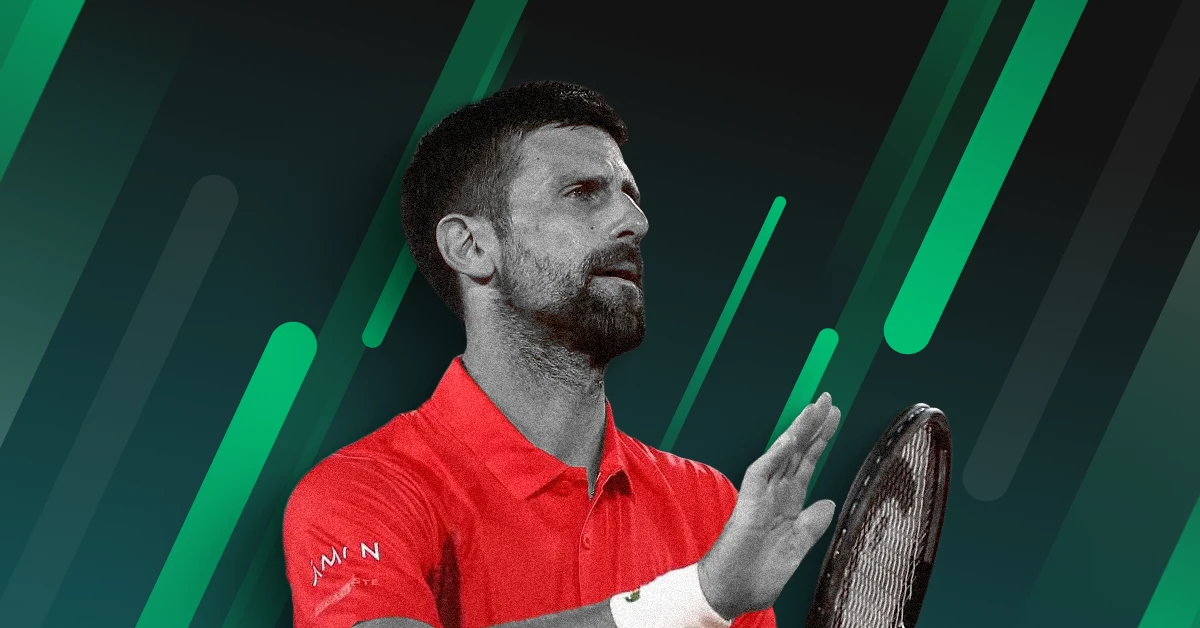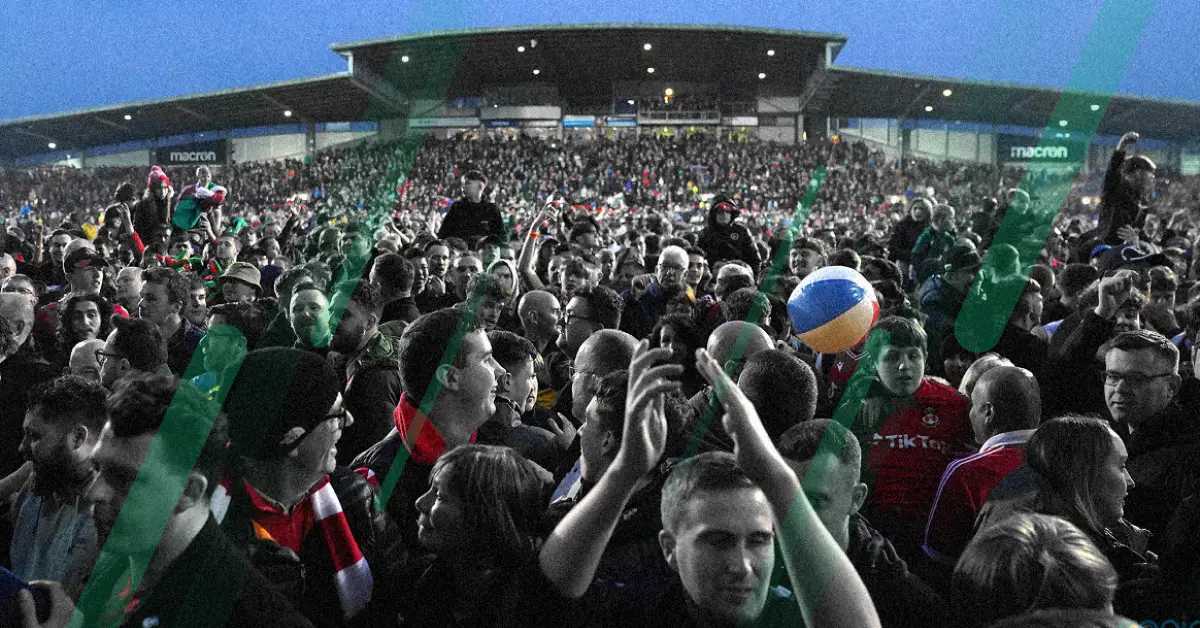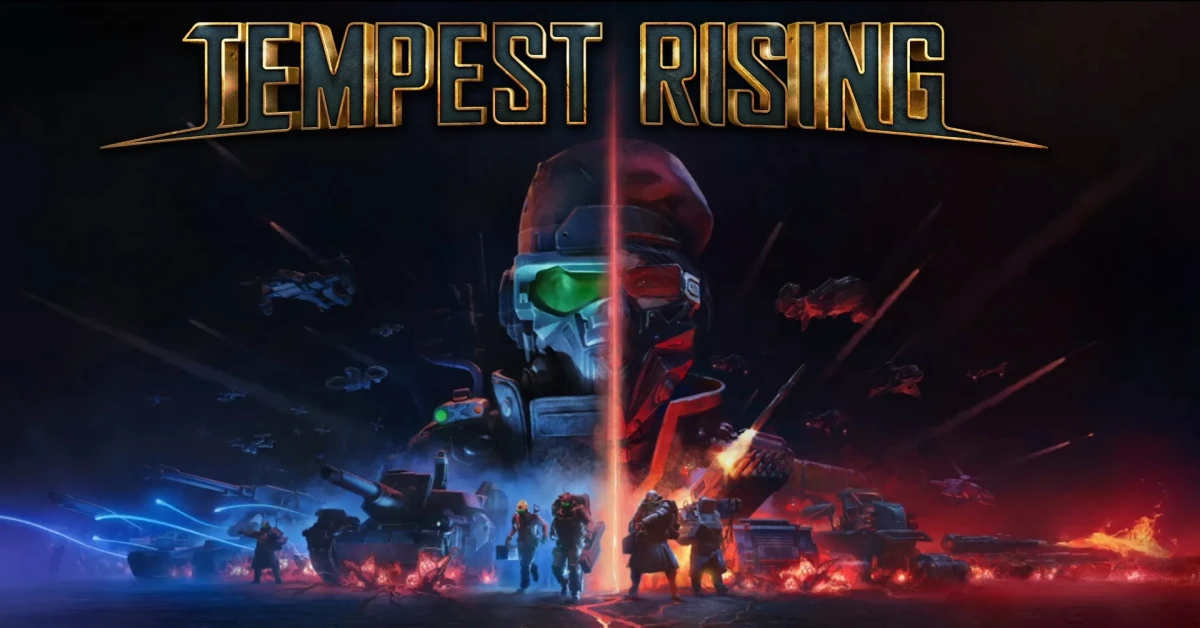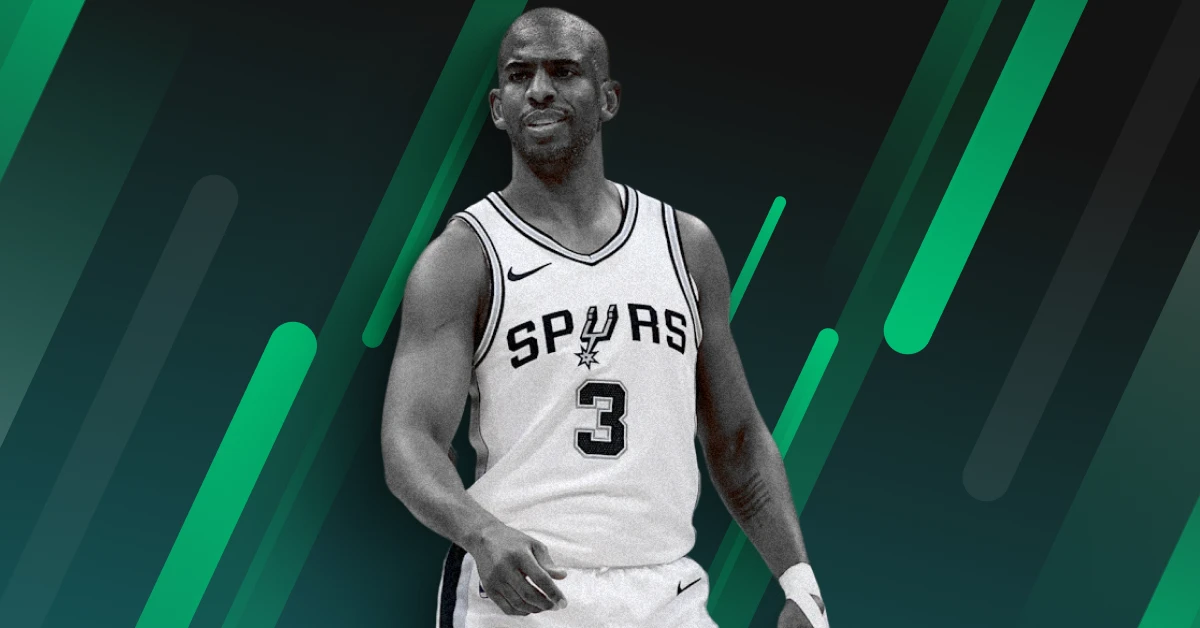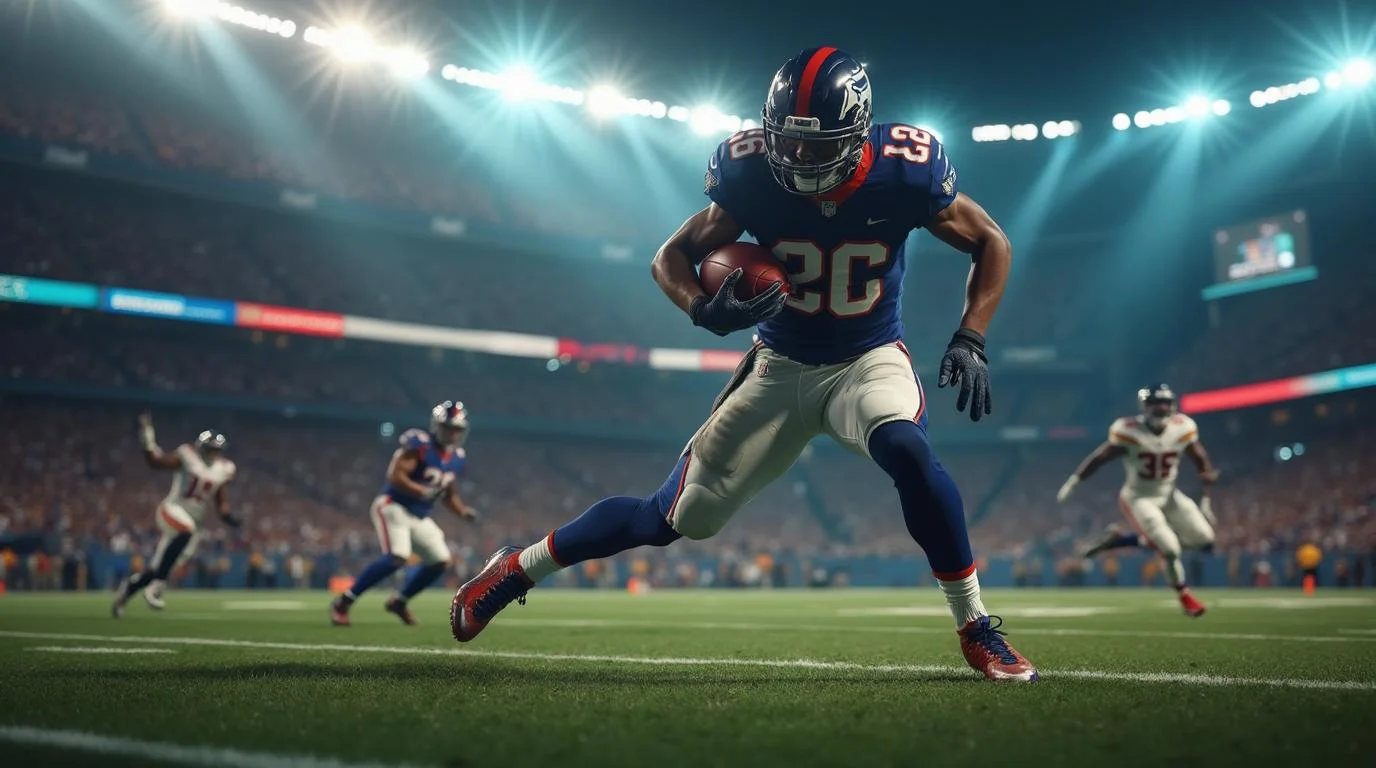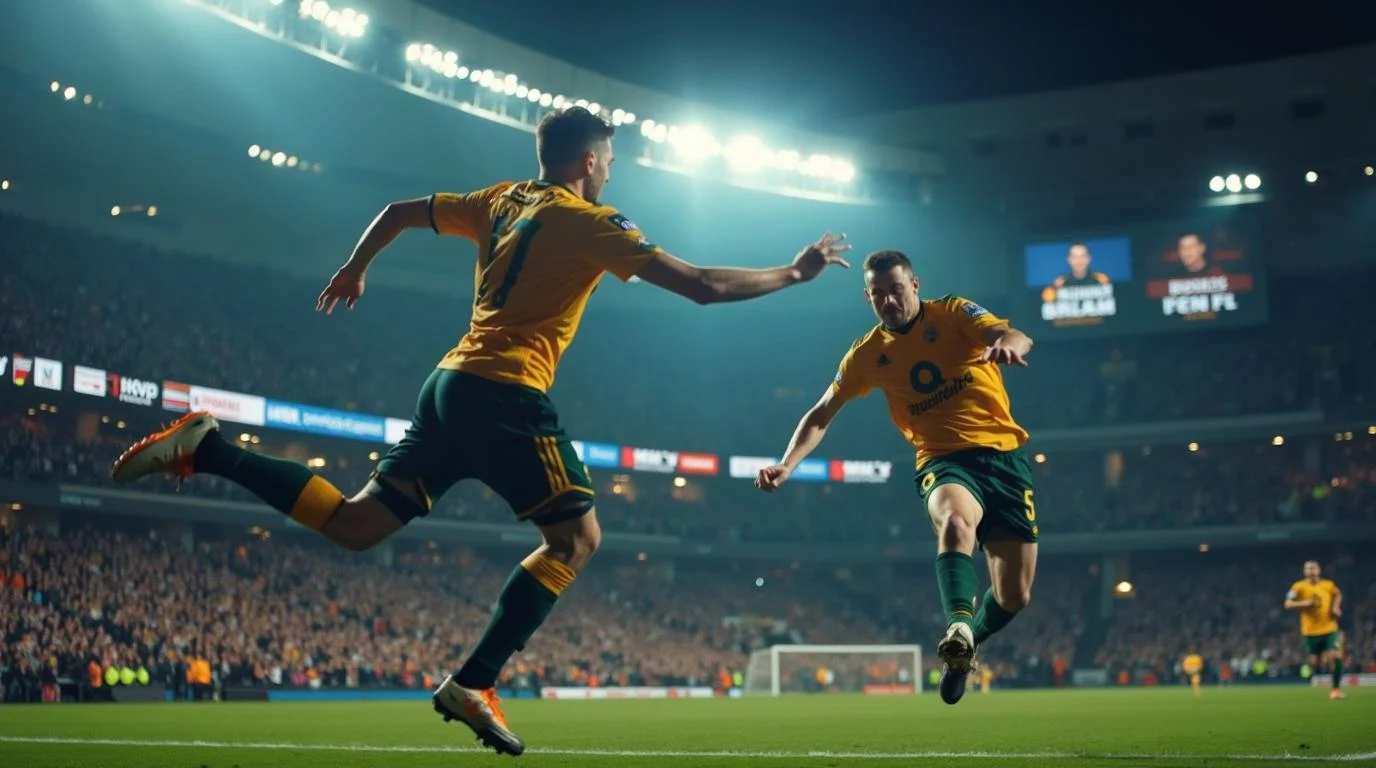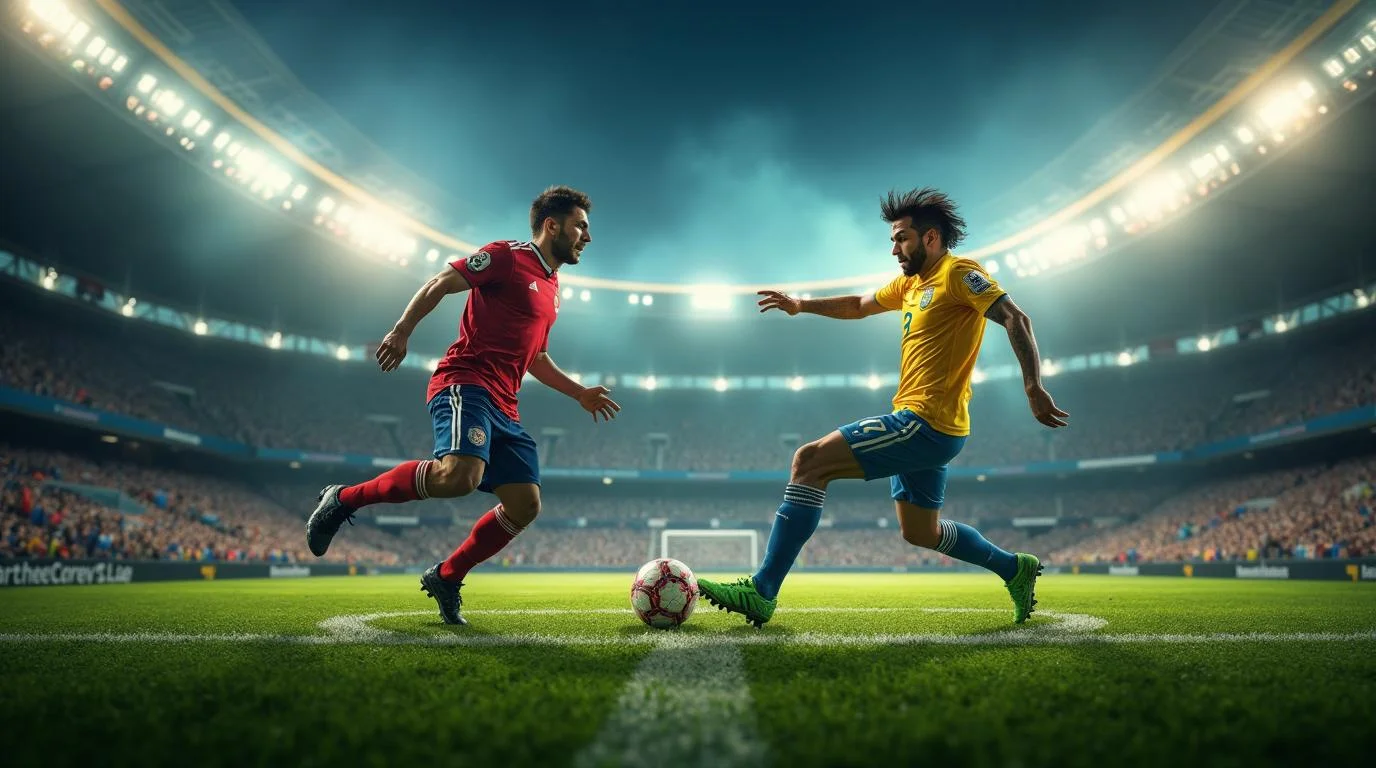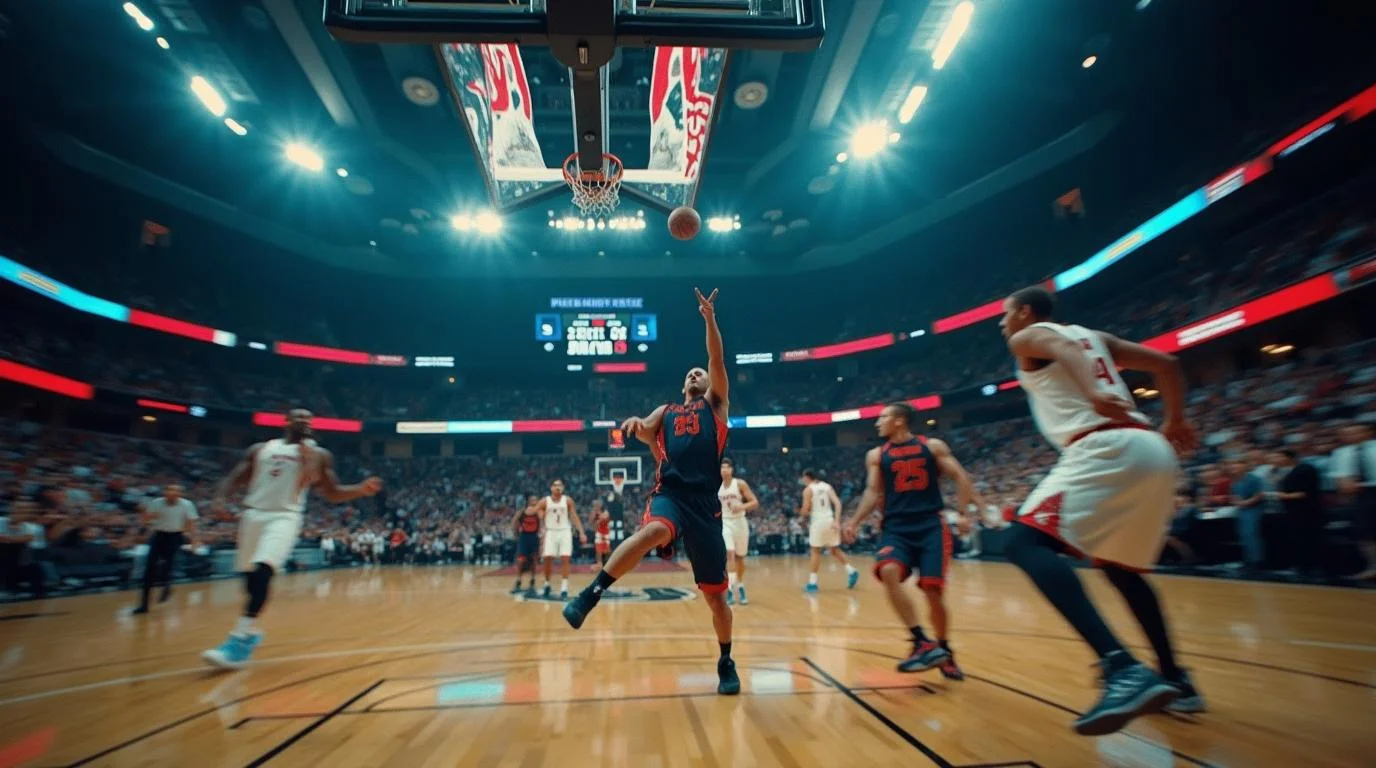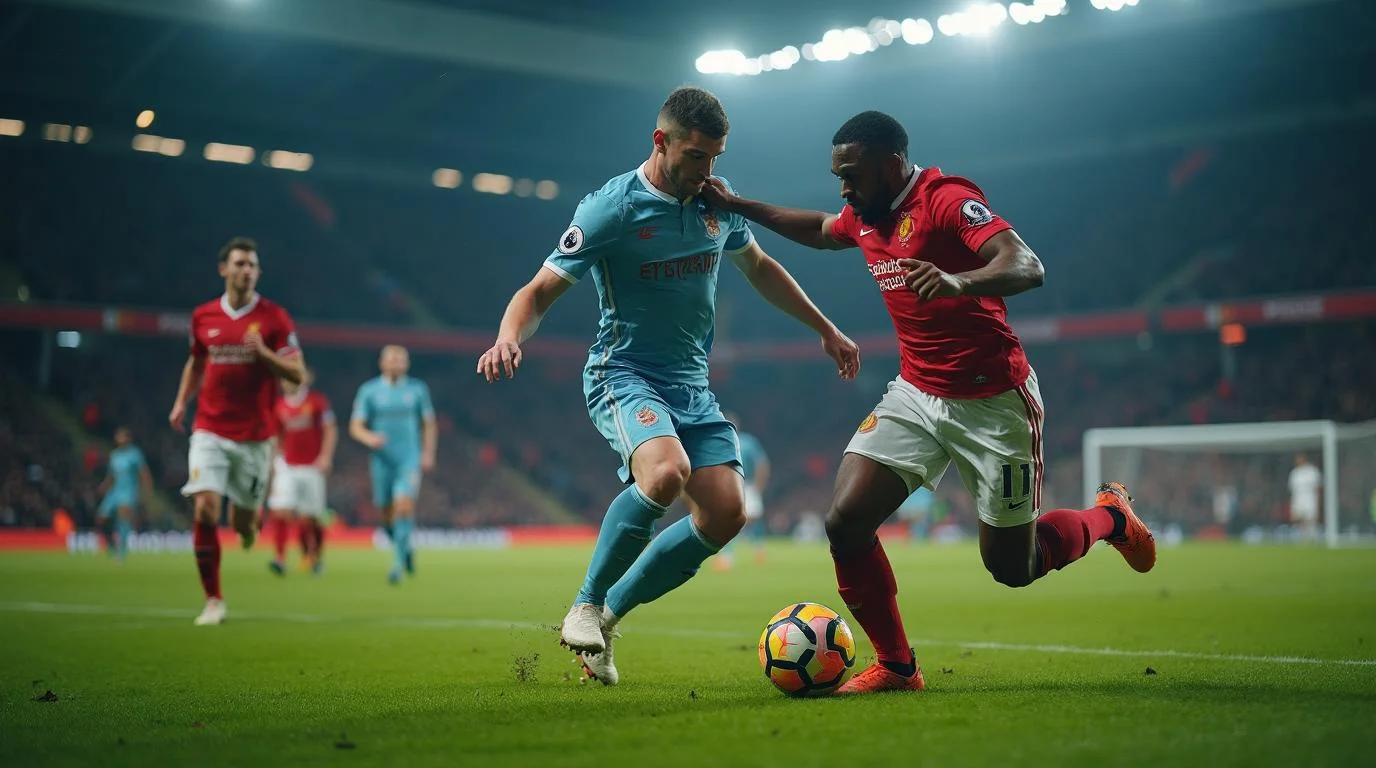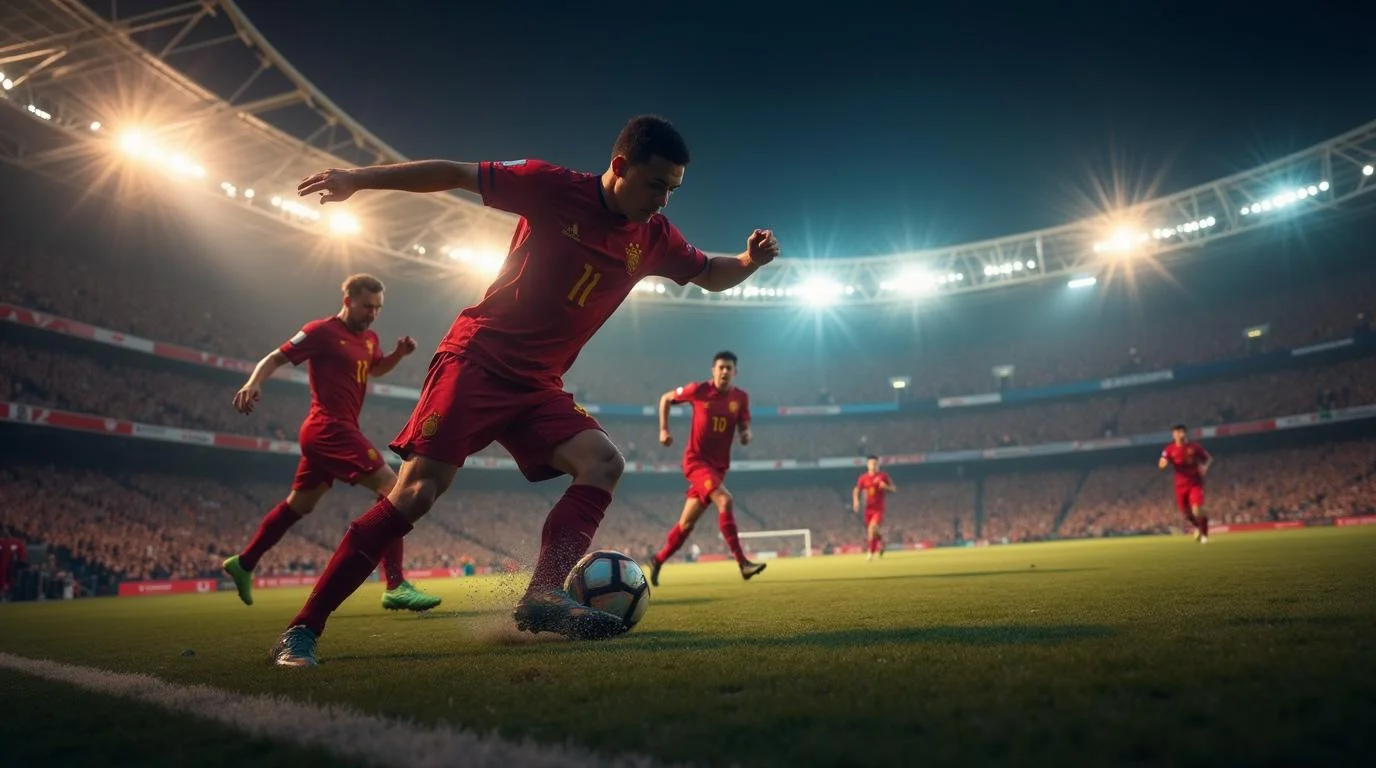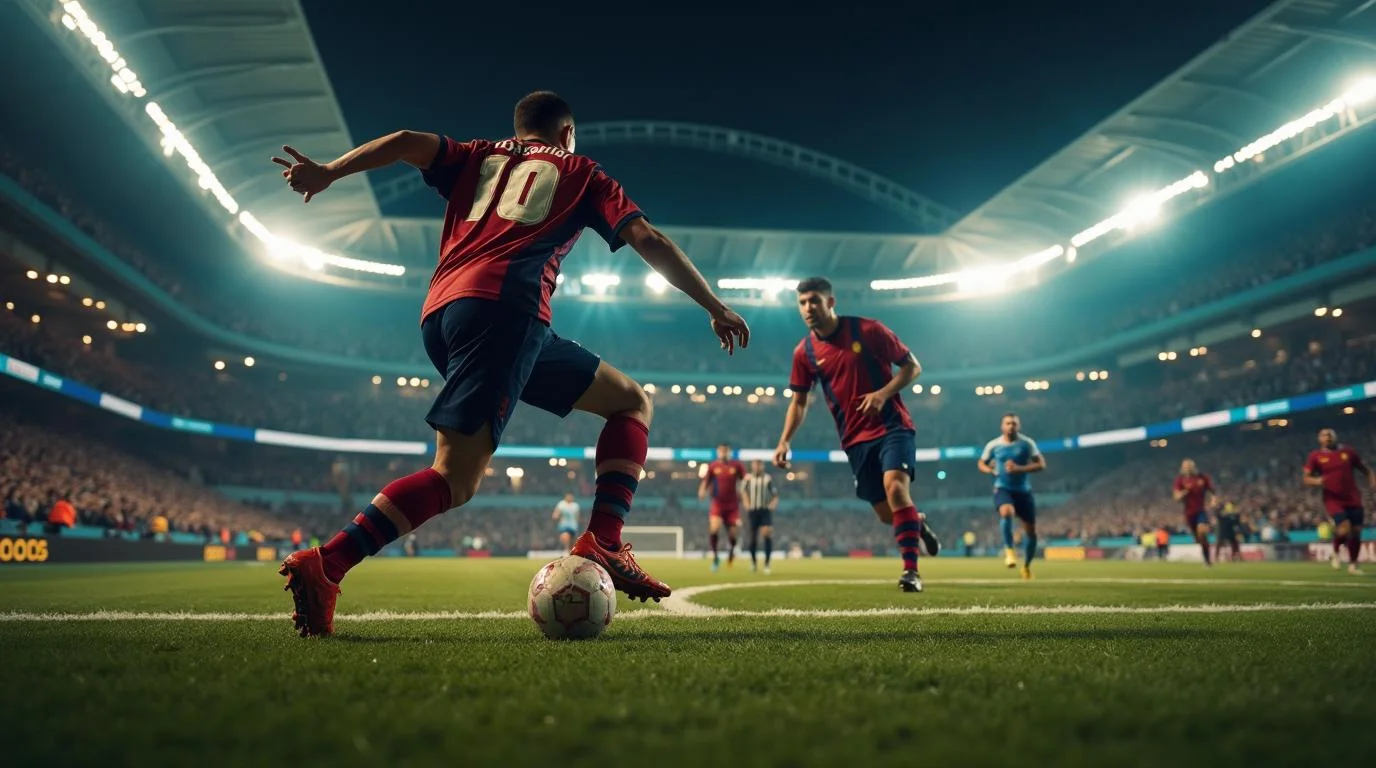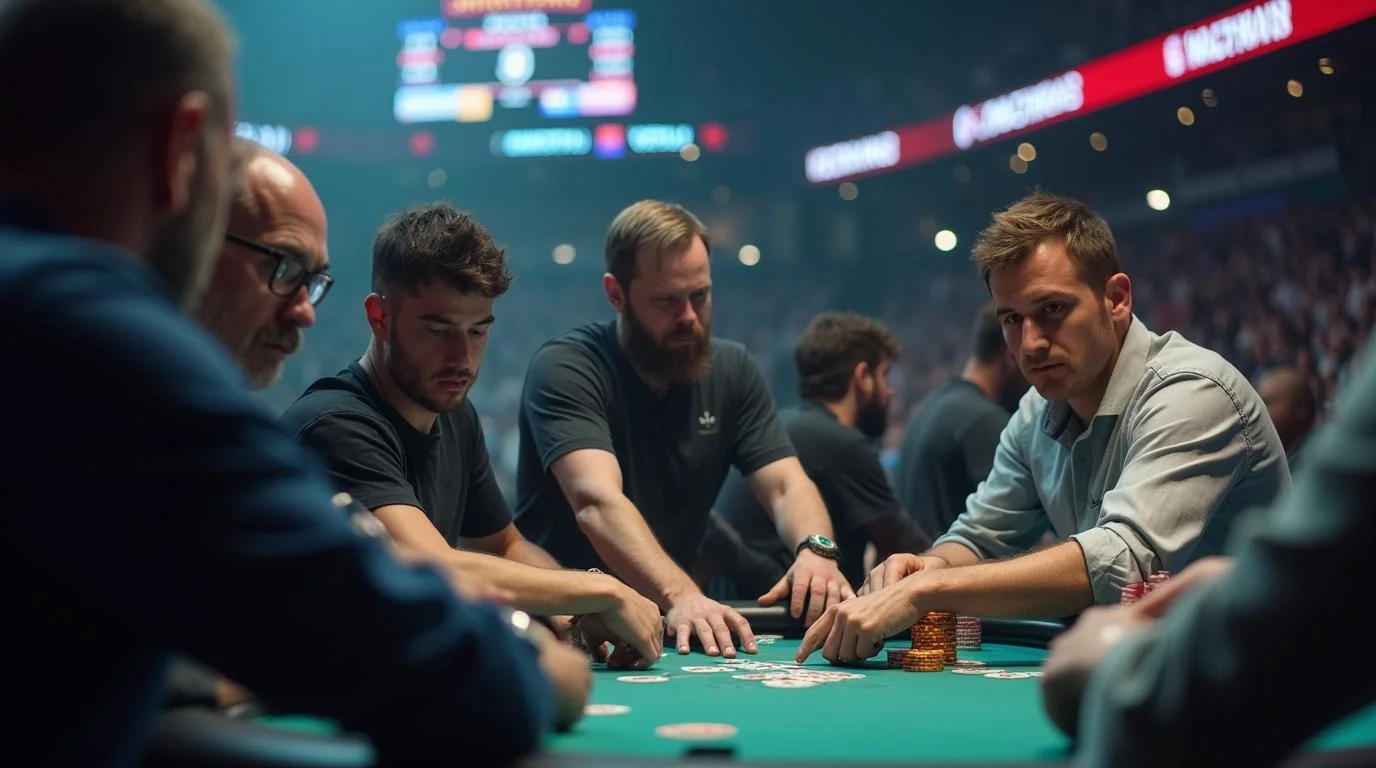NBA G League, Finding Ways for Players
The NBA G League has evolved into a pivotal platform for player development, offering aspiring basketball talents a structured environment to hone their skills and transition into the professional ranks. Established in 2001 as the NBA Development League, it has grown to encompass 29 teams, each affiliated with an NBA franchise, thereby creating a seamless pipeline for talent cultivation.
This affiliation allows players to receive coaching, training, and game experience that closely mirrors the NBA's standards, facilitating their readiness for the league's demands. A significant advancement in the G League's developmental approach is the introduction of the Professional Pathways Program. This initiative offers elite high school prospects the opportunity to join the G League directly, bypassing traditional college basketball.
The G League's impact is evident in the success stories of several players who have transitioned to the NBA. Pascal Siakam's time with Raptors 905 was instrumental in his development, contributing to his pivotal role in the Toronto Raptors' 2019 NBA Championship run.
Similarly, Danny Green utilized the G League to refine his skills, becoming a key figure in the San Antonio Spurs' 2014 championship team and maintaining a reputable career as a three-and-D specialist. These examples underscore the G League's effectiveness in nurturing talent and preparing players for the NBA's competitive landscape.
G League as a Talent Finder
Furthermore, the G League serves as a valuable resource for NBA teams in scouting and evaluating talent. With its diverse playing styles and frequent roster changes, the league helps players develop versatility and adaptability – traits highly valued in the NBA. NBA teams increasingly tap into the G League to identify hidden gems and refine their developmental strategies, ensuring a continuous influx of talent into the league.
In summary, the NBA G League has become an indispensable component of the basketball ecosystem, offering players a comprehensive platform for development while providing NBA teams with a robust pipeline of talent. Its role in shaping the future of professional basketball cannot be overstated, as it continues to bridge the gap between aspiring athletes and the NBA.
The G League and the 2025 NBA Conference Finals
The Conference Finals is the big stage of the NBA before the NBA Finals itself, and it cannot be denied that there are indeed a lot of promising talent honed by the final four teams in the 2025 NBA Playoffs. At this point, it is definitely worth noting that the NBA G League is making its presence felt.
NBA G League Players in the 2025 NBA Conference Finals

The G League is often labeled as a waste of time on national television, and it is mainly overlooked by a lot of fans and critics considering that it does not compete in a league connected to college basketball or the NBA as a whole. However, when the talks of disbanding the G League came out, this year’s Conference Finals definitely paid off.
The high number of NBA G League alumni appearing in the 2025 Conference Finals is a clear indicator of the league’s growing significance in shaping competitive rosters. With the Minnesota Timberwolves leading at 10 players and the Thunder and Pacers closely behind, it’s evident that franchises are relying heavily on the G League not only as a developmental pipeline but as a reliable talent source for key rotation pieces.
It is worth noting that the presence of these players are not just the end of the bench – but mainly key rotation pieces. For instance, New York’s prime all-star Jalen Brunson had a stint with the G League before his rise to prominence. Pascal Siakam was a promising talent by the Raptors 905 before he won a championship in 2019 and is now back in the Eastern Conference Finals.
Naz Reid has been an elite sixth man and was a product of the G League before. Needless to say, there’s also Isaiah Joe, the Thunder’s elite sharpshooter in the squad and then Alex Caruso, an undrafted talent who won with the 2020 Lakers and is now back for a chance at a championship run with OKC.
Out of a total of 60 players in the Conference Finals, a staggering total of 36 players (60%) have come from the G League. That says a lot about the development of talent in the game and how the G League has become instrumental in assembling the best players in the NBA – leading to contenders and elite teams on the rise.
The Masterminds from the G League
It is worth noting that not only players have come from the G League in these Conference Finals. Two coaches in the Western Conference, Chris Finch of the Minnesota Timberwolves and Mark Daigneault of the Oklahoma City Thunder have both come from the G League.
Finch was a former coach for the Rio Grande Valley Vipers and led them to win a G League title as well. Daigneault, on the other hand, has worked with the Oklahoma City Blue for years and has been instrumental in sending up talent to form OKC’s current core before he was named as the Thunder’s head coach. Most notably, he has worked with Caruso as well.
The Impact of the NBA G League
The impact of the NBA G League on the current state of professional basketball is undeniable. From providing a legitimate alternative to college basketball through programs like the Professional Pathway, to serving as a key developmental pipeline for both players and coaches, the G League has transformed from an experimental side project into an essential arm of the NBA’s infrastructure.
This year’s 2025 NBA Conference Finals showcase that transformation in real time. With over 60% of the participating players having spent time in the G League, and multiple head coaches rising through its ranks, it’s clear that the league is not only producing NBA-caliber talent but also shaping the future of entire franchises. These aren’t merely role players – many of them are central to their team’s success, impacting high-stakes playoff games and contending for titles.
What was once a league with little national attention is now delivering results where it matters most – on the biggest stages of the NBA season. The depth, development, and discovery it provides have become indispensable for NBA teams looking to sustain success. As the G League continues to mature, its influence on the league’s competitive landscape will only grow stronger, reinforcing its long-term value as a cornerstone of the NBA’s talent ecosystem.
In conclusion, the NBA G League has more than paid off. It’s proven itself to be not only relevant but essential to the modern NBA, helping to build the stars, coaches, and systems that define today’s championship contenders.












_800x800.webp)




